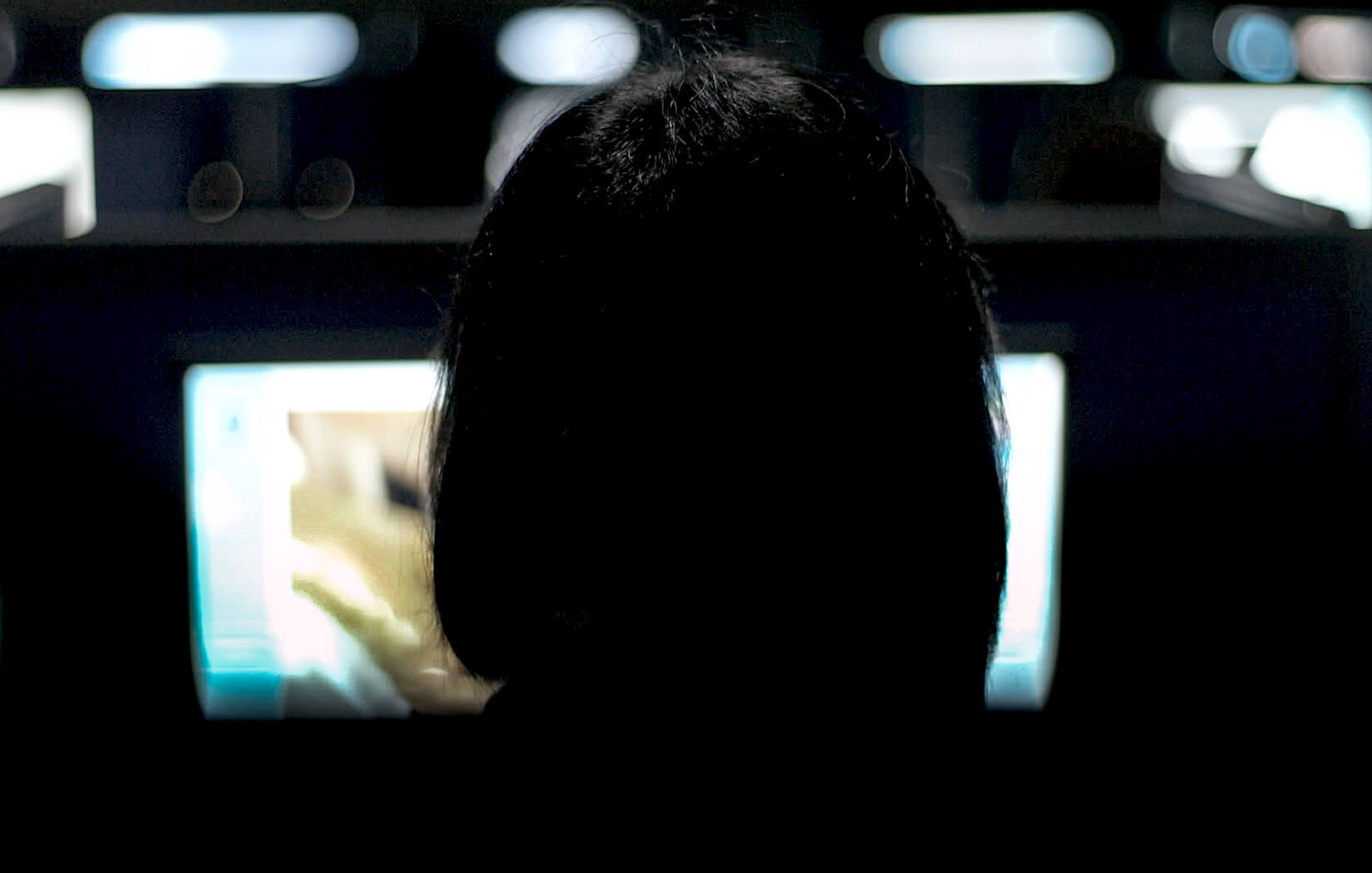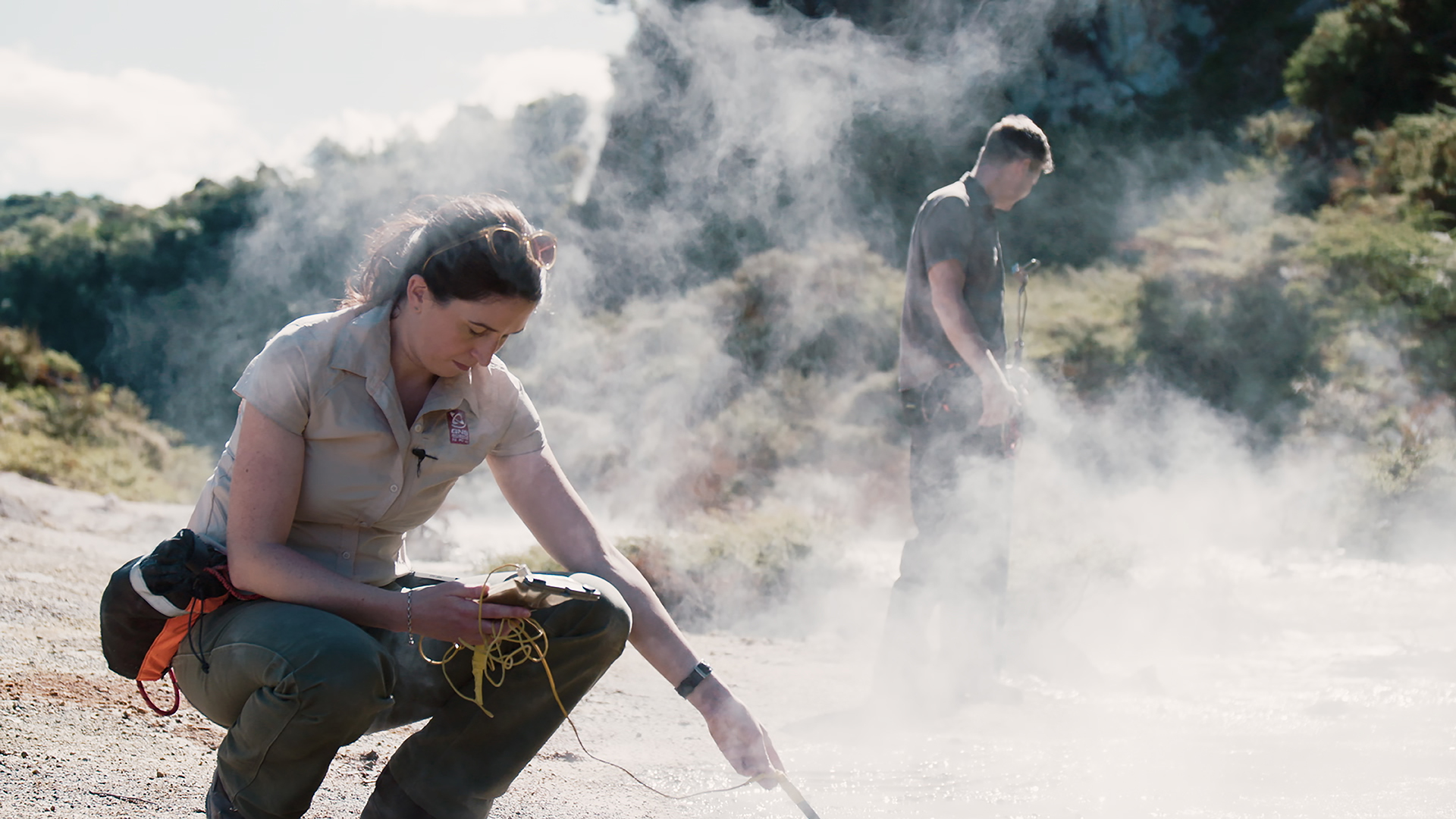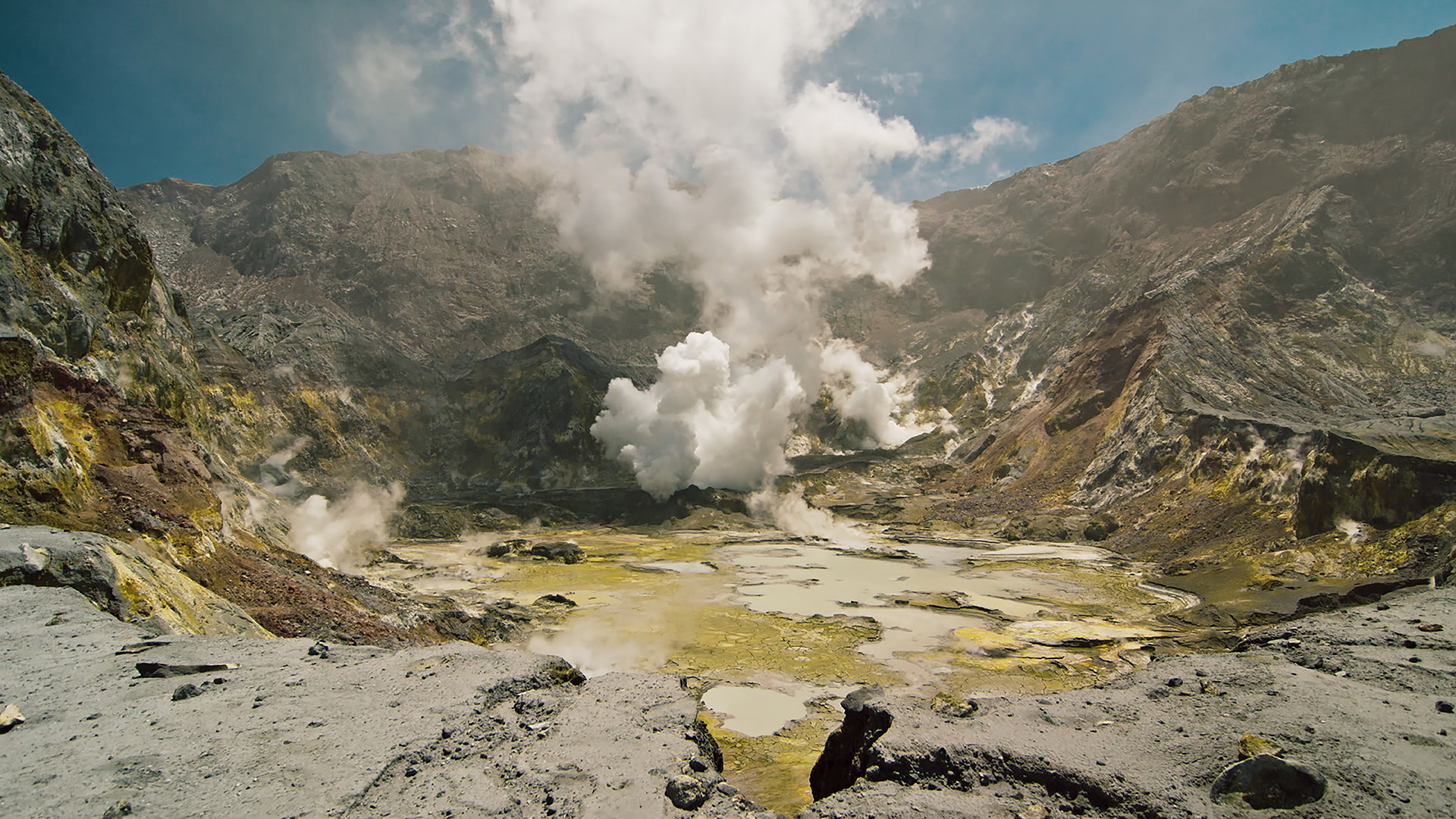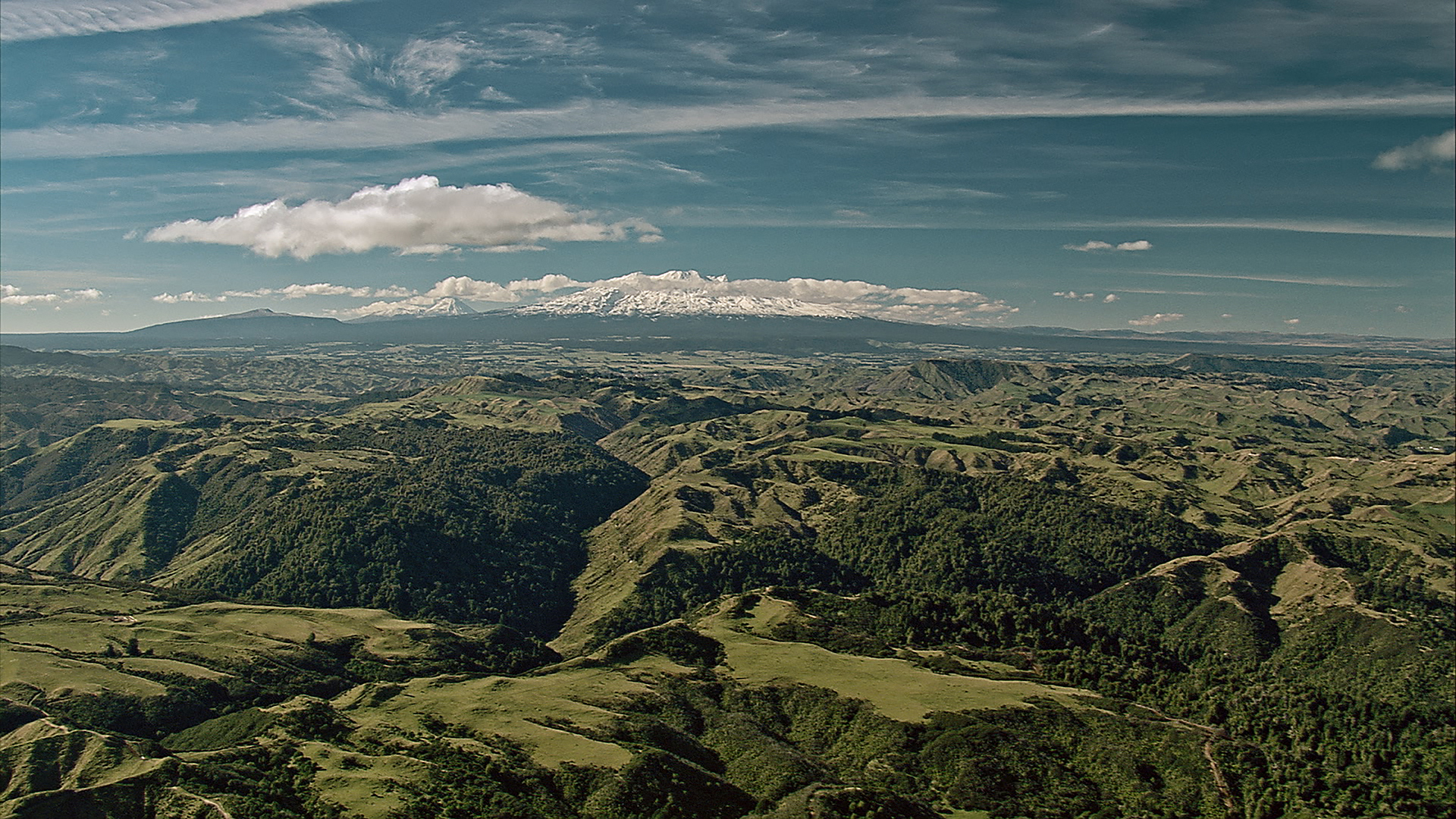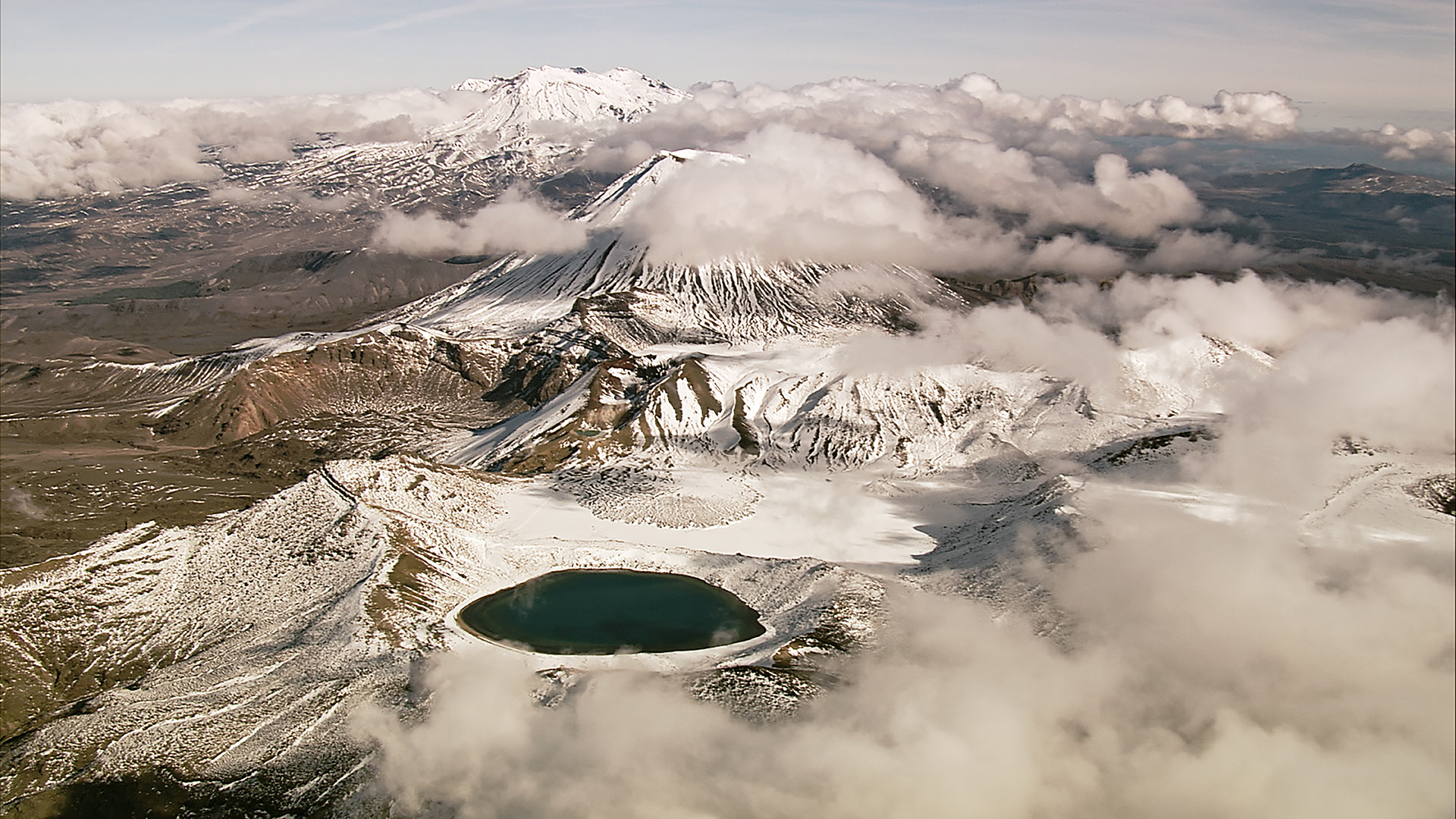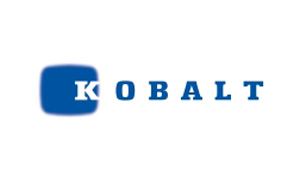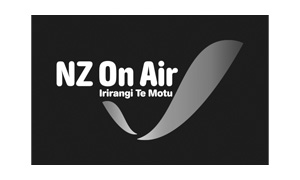Volcanoes in New Zealand
New Zealand is on the Pacific Ring of Fire. Volcanic eruptions have repeatedly devastated the country. The New Zealanders are looking for prevention – and discover a unique wildlife in addition to lava caves and volcanic islands.
Episode 1:
Auckland is the financial centre in New Zealand but under the megacity there are about 50 sleeping volcanoes. They will break out one day, that’s for sure. Lava caves meander beneath the earth’s surface, including Stewart’s Cave. Geologists are looking for bumps to predict possible eruptions. On the cave walls, they discover a colony of luminous bacteria that feed on the nutrient-rich volcanic rock.
Volcanoes are destructive and yet they create new life. On the volcanic island of Little Barrier Island, the Tuatara, a descendant from the time of the dinosaurs, finds a native forest without natural predators such as rodents and mammals. Here lives the only flightless parrot in the world, the Kakapo – highly intelligent and big personalities – moody, playful, stubborn, almost like a human being.
Volcanoes have shaped New Zealand. In the south, the southern Alps nearly touch the clouds. Until today, earthquakes push the rocks upwards. At the foot of the Alps is Fiordland, the largest national park in the country, with the Mount Titiroa as a landmark. It is a granite mountain that researchers have dated for the first time. It could be almost as old as the earth itself …
Episode 2:
Three of the largest volcanoes in New Zealand are located in the Tongariro National Park on the North Island. When they erupt they blow lava bombs the size of cars in the air and color the landscape with red lava. The highest among them is the Ruapehu, it breaks out about every 50 years. Geologists watch the volcano like a ticking time bomb, no human force can stop it, no science can predict it.
The film takes viewers to the most active volcanoes in New Zealand – from underwater volcanoes to the Taupo Volcanic Zone, a geothermal region with hot springs where the Tarawera erupted at the turn of the 19th century and buried the Pink and White Terraces below. The terraces were considered the eighth wonder of the world. A geological team is looking for remains and discover a sensation…
The Waimangu Valley has spread around the Tarawera, the world’s youngest thermal area with boiling hot water and toxic chemicals. Here biologists have discovered microorganisms, they feed on the gases that accelerate climate change – they could provide answers to the most pressing questions of the future.
the fast vanishing lifestyles of the North. We are going to visit his friends, farmers in Iceland and the free spirit hunters of Greenland. RAX has tirelessly followed the lives of some of these people for the past twenty years.
Directed by
Mark Strickson
Alex Clark
Cinematography
Scott Mouat
Jacob Bryant
Music
Eike Hosenfeld
Ingo Ludwig Frenzel
Moritz Denis
Sound
John Patrick
Mark Messenger
Narrator
Matthias Rimpler
Produced by
Kerstin Meyer-Beetz
Production Management
Karoline Hunder
Katharina Krohmann (ZDF)
Line Producer
Kathrin Isberner
Producer
Christian Beetz
Co-Producer
James Heyward
Editorial
Maria Hübinger
Sales & distribution
- Press kit
- Press photos
-
„Just in diesem Moment überraschen uns die aus dem Theaterbereich stammenden jungen Regisseure Hans Block und Moritz Riesewieck mit einem erstaunlichen Dokumentarfilm, der seit Monaten Publikum und Kritik auf den wichtigsten Festivals der Welt elektrisiert. Völlig zu Recht: Es ist, als würden einem die Scheuklappen weggerissen, als sähe man das, was sich seit Jahren direkt vor unseren Augen abspielt, zum ersten Mal unverschleiert... eine fesselnde ,Doku noir' mit höchstem Anspruch...Dieser Film müsste an allen Schulen gezeigt werden.“
Frankfurter Allgemeine Zeitung
17.05.2018


